Fans Point Out a Tricky Detail in All of Blake Lively’s Met Gala Dresses, and We Can’t Unsee It

A purple sunset... You must have seen one of those at least once in your life. Normally, it’s nothing ominous and has to do with the way light travels. The light that the Sun produces is white. When it goes through a prism, you see light waves of different colors: from red and orange to blue, green, and indigo. Light normally travels in a straight line if there’s no obstacle in its way. The shorter light waves, including blues and purples, are scattered easier when they meet with those obstacles, like molecules and aerosols in the atmosphere. Because the Sun is low on the horizon at sunset and sunrise, its light has to pass through more molecules that scatter the violet and blue light. The colors that your eyes pick up then are yellow, orange, and red. But with the right conditions, you can see the gorgeous purple sky.

Sometimes purple sky appears for much scarier reasons — it can be caused by hurricanes, wildfires, or dust storms. The concentration of vapor in the air increases, and the light scatters more than usual. Dust, a setting Sun, and low cloud cover all contribute to this natural show, too. The sky turns orange and red at dusk if there’s still enough light. Then, it gives off pink hues, which mix up with a dark blue sky above. Now, do you remember what happens when you mix pink and blue? You get the color purple! Not every hurricane makes the sky turn purple, and trying to predict if it’s going to happen is like trying to forecast a rainbow. Still, people reported several major hurricanes made the skies turn purple.
Green skies might look just as spectacular as purple ones, but they actually also scream danger! They’re usually there to tell you a thunderstorm, hailstorm, or tornado is somewhere nearby. The unique color is a result of yellow Sun rays getting mixed with the blue light coming from storm clouds. You’re enjoying a nice day by the ocean, with a fresh breeze in your hair, when suddenly you notice the water starts retreating from the beach at a huge speed. This is a sign for you to start running as fast and far away from the beach as you can. This most likely means a tsunami is on the way. A quick reaction maximizes your chances of survival.
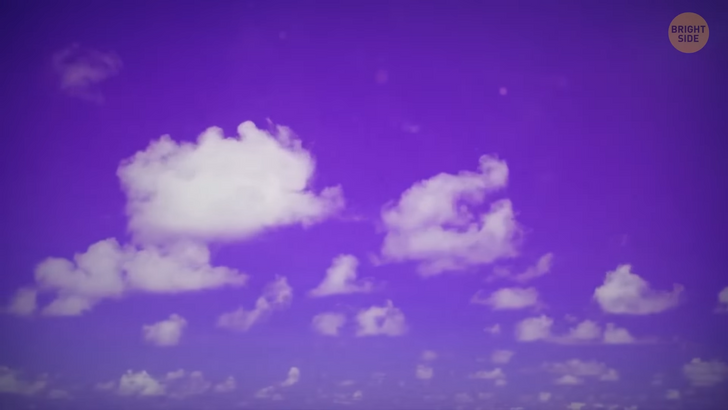
If you notice the sea level is rising, but it doesn’t seem too extreme, it could be another sign of an approaching tsunami. It happens in 40% of cases, and the incoming water is the first tsunami wave. The next one — way larger and more dangerous — usually follows in about 10 minutes. Another thing about tsunamis is that they like to arrive with some loud sounds. People describe them as thunder, the sound of a locomotive, a helicopter, or just a loud boom.
Do you see a channel of choppy water on the beach? It’s in your best interest to stay away from the water. There might be a rip current under the surface that can be extremely dangerous. Sometimes waves hit the shore in a weird way, which forms these rip currents. You might see a strange break in the waves or an area with a different color than the rest of the water. Random bits of seaweed going in all directions is another rip current warning sign. If you happen to find yourself caught in a rip current, try to stay afloat but don’t try to go against the current. You’ll only waste precious energy. Scream for help and try to float your way along the beach. Once you break out of the current, swim diagonally to the shore.
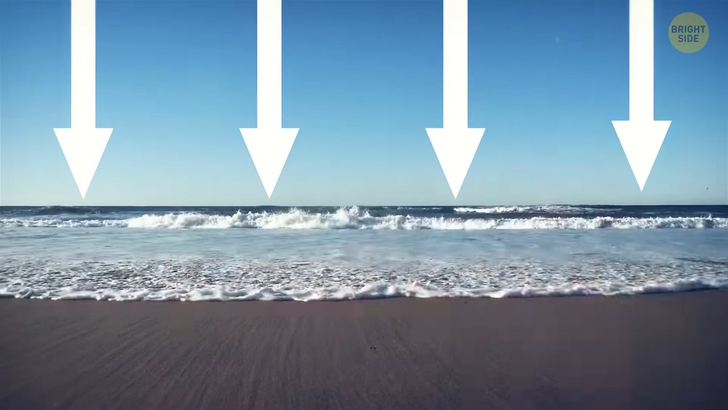
The next time you spot conically shaped clouds in the sky — remember it’s a good time to start looking for some shelter. If it just stays like that, a severe storm is on the way. But if a cloud of that shape starts spinning around, it means it’s about to transform into a tornado. If you have bees nearby, they can save you from big trouble one day. These hard-working little guys get more active than usual when they feel like a storm is on the way. They speed up to collect more nectar before it hits them. And, once they’re done with it, they’ll always come back to the hive 10 to 15 minutes before heavy rain, even when there are no obvious signs of it coming. Their secret is super sensitive hairs on the back that can pick up electrostatic build-ups from storm clouds.
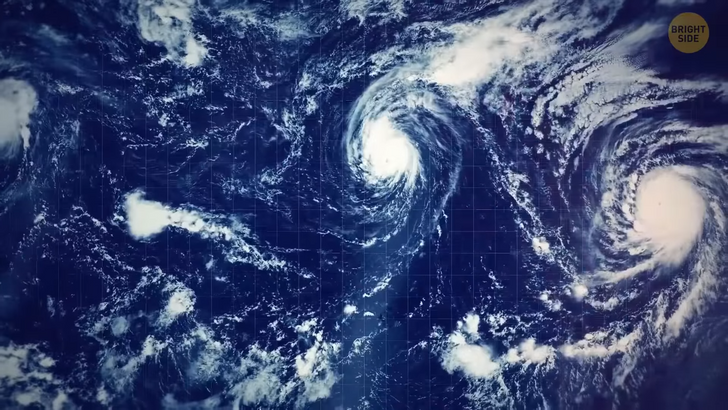
For centuries, people have noticed that animals act weirdly a couple of days before big seismic events. Dogs can’t stop barking, cows halt their milk, and toads, rats, and snakes leave their homes. It looks like animals can feel smaller initial shockwaves that humans don’t even notice. Scientists have tried to find some legit explanation for it and run endless tests and experiments. So far, they’re still on their way to explaining this mystery. Can you smell ozone in the air? When a thunderstorm is on the way, it’s the most distinct and pungent smell you can pick up.
An electrical charge of lightning sets it free from higher altitudes. The other, more pleasant smell of rain is petrichor. Rainwater wakes up molecules on plants, trees, concrete, and asphalt. Their aroma spreads all over the place. You can even feel that smell in your own mouth! All those positive ions in the air that a lightning bolt sets free get mixed with ozone and your saliva. And that’s how you get that bitter metallic taste.
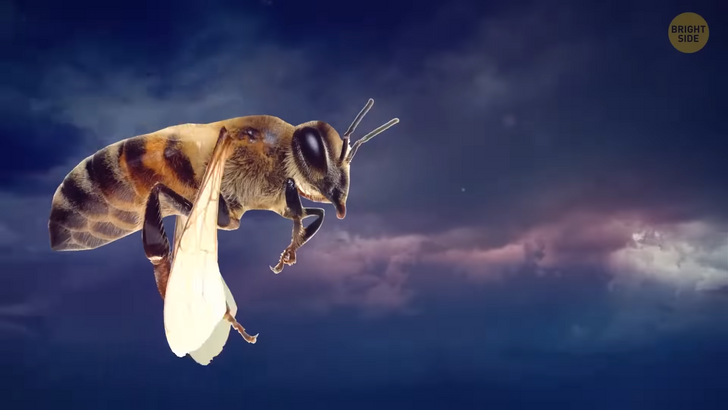
Some volcanoes “scream” when they are about to erupt. Small earthquakes, which often happen before, produce a hum. It’s mostly non-audible to human ears, but sometimes it reaches a frequency that lets you hear it as a strange rumbling or hissing sound coming from the ground. This noise is known as a harmonic tremor. With some volcanoes, it’s the sound of magma bubbles vibrating when they’re going through crevices in the crust of the Earth, but it’s not always like this. If scientists manage to understand what exactly causes these volcanic screams, they could create a limited early warning system for volcanic eruptions. If you’re out in the wild, pay attention to the water in creeks, streams, and rivers.
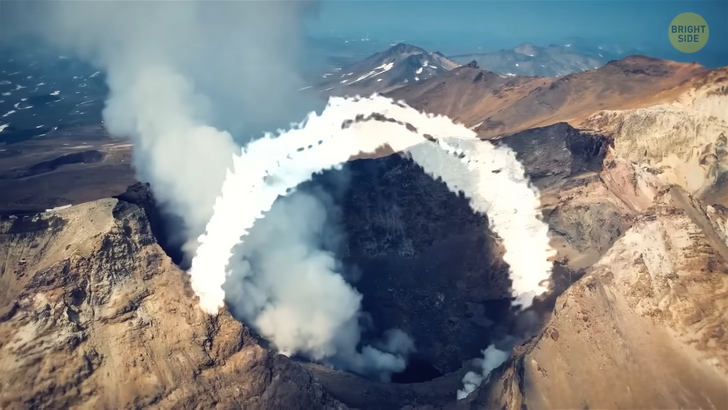
If its level is quickly falling, even if it’s raining, this might be a sign of a nearing landslide. And if you hear a faint rumbling noise or unusual sounds, like boulders knocking together, it could mean debris is on its way to you. It’s a sign to head to safety immediately! Like right now!











